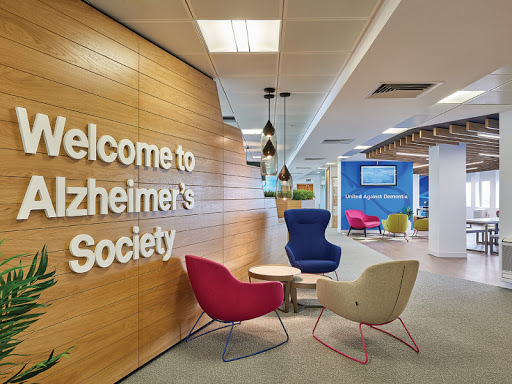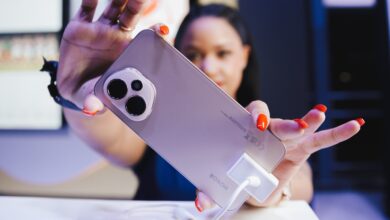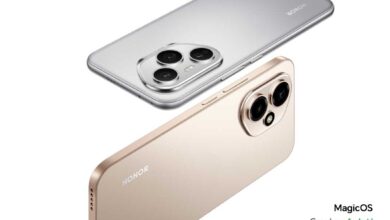5 Key Workplace Design Trends For 2021

Architect Nisha van der Hoven has been involved in the design of Workshop17’s The Bank venue in Rosebank (currently under construction) and drew her inspiration from key architecture and interior design trends identified for 2021.
Five key trends that have been identified for 2021 and the future include:
- Adaptive Spaces: As a result of decentralised office strategies that are changing the way we live, work and commute, office headquarters will reduce and function more as a point of purposeful collaboration as and when required. This leads to a form of distributed work that requires a new typology of spaces (such as office pods) that are no longer designed for permanence but rather adapt to suit different behaviours and varying levels of distancing. The shift from open plan office spaces to more private and dedicated spaces for one-on-one consultation and video conferencing are designed to cater for the needs of a changing workforce. The Bank in Rosebank is designed to accommodate greater levels of variety and flexibility.
- Colour: In designing spaces, colour palettes are used as a tool to convey an atmosphere and to stimulate the body – to either energise or calm or inspire confidence. Colour helps to unify a space and curate the environment which is why it is important to look to nature and the immediate context for colour inspiration.
A workspace, whether at home or at the office, should promote productivity, so interior colours that will keep you focused and balanced are essential. In 2021, colour palettes will gravitate towards warmer colours, paired with neutrals. The Bank features a restrained colour palette of neutral yet warm earthy shades that continue to bring the colours of nature indoors and celebrate the existing sculptural forms of the building. The Pantone Colours of the Year for 2021 are yellow and gray with the marriage of the two representing strength, optimism, and fortitude following a markedly challenging year.
- Materials: With new hygiene standards being considered, sourced materials are required to be robust enough to withstand more frequent and intense cleaning yet still provide a sense of warmth and tactility.
Biophilic design elements that focus on wellbeing, hygiene and that provide a sensory experience will influence the overall material palette. By bringing nature into the space through the presence of plants and greenery and reflecting nature through the use of natural materials such as stone, timber, cork, clay, brass and naturally dyed textiles, these tactile and timeless materials will provide a sense of warmth, are comforting to touch yet hygienic and easy to clean.
- Technology: Our reliance on digital connectivity and sharing across digital platforms has resulted in an increase in popularity of smart devices. As emerging technologies such as AR and VR provide new communication solutions, the design of spaces will also require reinvention. This trend forces us to rethink the current physical, digital and auditory typologies.
- Wellbeing: Besides flexibility, healthy workspaces are imperative in architectural and interior design trends going forward. Workspaces in particular, will not only need to cater to functional requirements but also to the qualitative needs of occupants. The use of neuro-architectural principles can play a pivotal role in shaping and supporting our behaviours and environments. Natural light, ventilation, views, acoustics, colour, materials and legibility have a major impact on the quality of the space. When combined with smart technology solutions and low touch or touchless experiences, we not only support a positive experience within the workplace, but also promote health and wellbeing.




